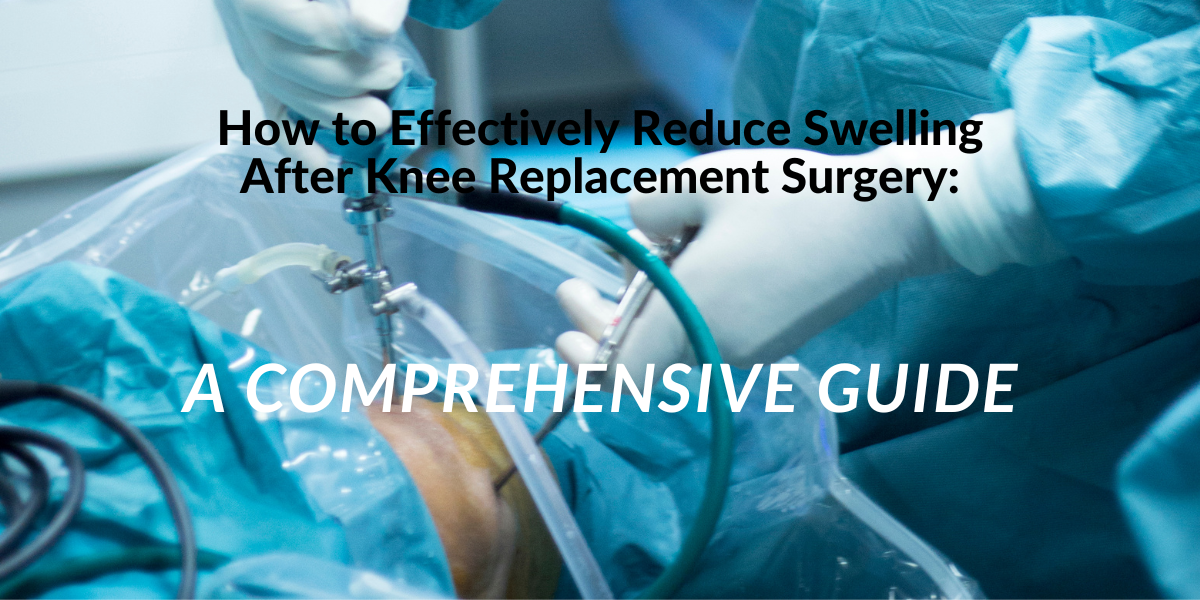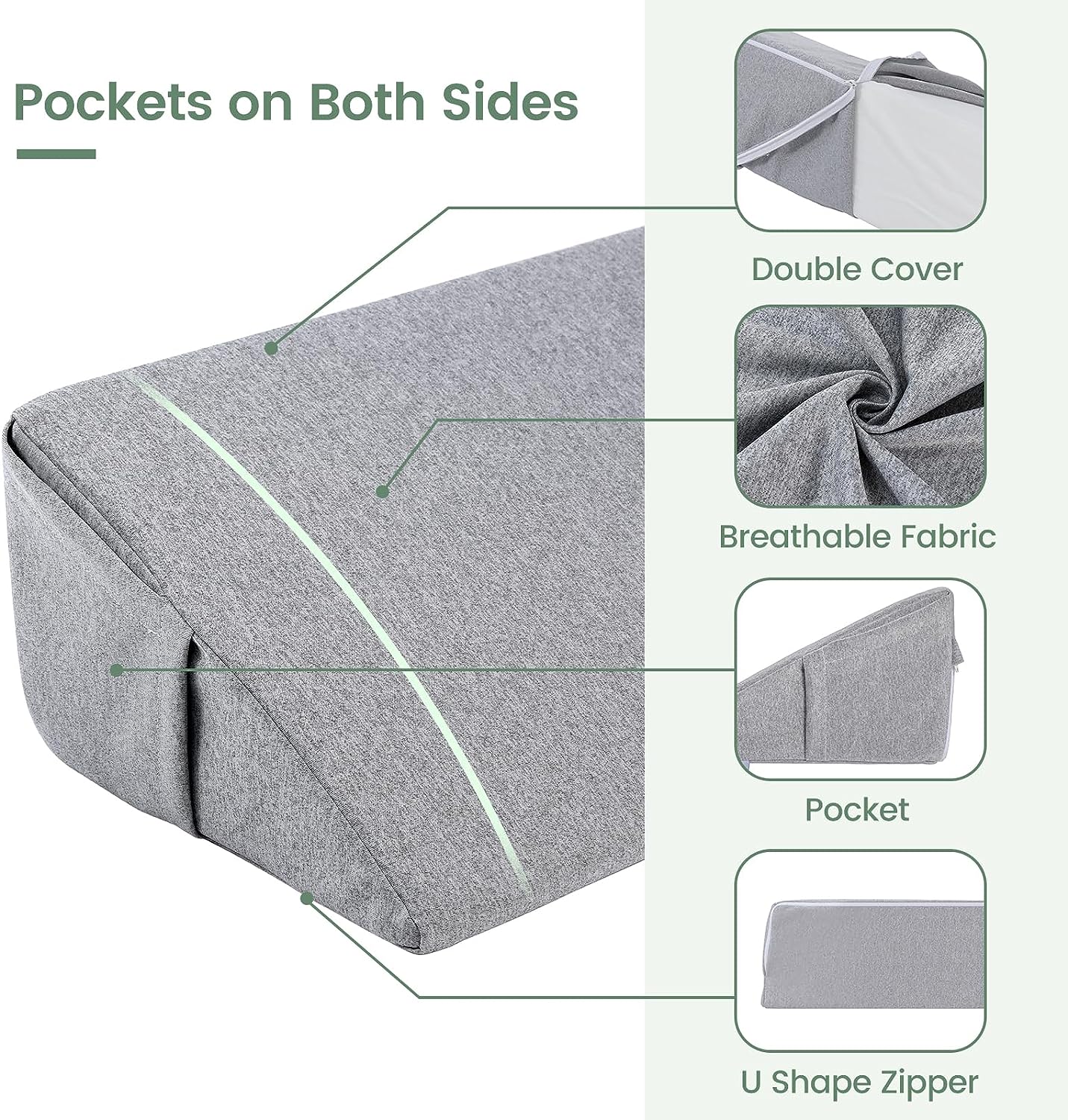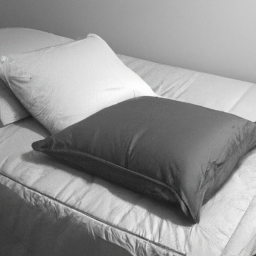Knee replacement surgery is a major procedure that can greatly improve your quality of life. However, dealing with the swelling that comes afterwards can be a challenge. In this guide, we will discuss the best practices for reducing swelling after knee replacement surgery, providing detailed information on techniques, exercises, and lifestyle changes that can help you heal and recover faster.
Table of Contents
Understanding the Healing Process
Before diving into specific strategies, it’s important to understand the healing process after knee replacement surgery. Swelling is a natural part of your body’s response to the surgery, which helps to protect and repair the injured area. While it is essential for healing, excessive swelling can cause discomfort and slow down your recovery. Therefore, managing it effectively is crucial for a successful outcome.
Importance of Compression Therapy
One of the most effective ways to reduce swelling after knee replacement surgery is through compression therapy. Wearing compression stockings or using a compression wrap can help improve blood flow and prevent fluid buildup in the affected area.
Types of Compression Therapy
- Compression Stockings: These specialized stockings provide graduated compression, applying the most pressure at the ankle and gradually decreasing towards the top of the stocking. This design helps promote blood flow back to the heart, reducing swelling and discomfort.
- Compression Wraps: Similar to compression stockings, these wraps can be adjusted to provide the right level of compression for your needs. They are often used for short-term treatment immediately after surgery.
When using compression therapy, make sure to follow your healthcare provider’s recommendations for the appropriate level of compression and duration of use.
Elevation Techniques for Optimal Results
Elevating your leg is another effective way to reduce swelling after knee replacement surgery. By raising your leg above the level of your heart, you encourage fluid to flow away from the surgical site, reducing swelling and discomfort.
How to Elevate Your Leg Properly
- Find a comfortable place to lie down, such as a bed or couch.
- Place pillows or cushions under your ankle and calf to support your leg. Avoid placing them directly under your knee, as this can cause unnecessary pressure on the surgical site.
- Keep your leg elevated for 20-30 minutes at a time, several times a day, or as directed by your healthcare provider.
Using Wedge Pillows for Enhanced Comfort and Support
Wedge pillows can play a significant role in your recovery process after knee replacement surgery. They offer additional support and comfort during elevation, making it easier to maintain the proper position for extended periods. By using a wedge pillow, you can further reduce swelling and discomfort, leading to a faster and more comfortable recovery.
Flexicomfort Memory Foam Wedge Pillow
The Flexicomfort Memory Foam Wedge Pillow is designed to provide optimal support and comfort during the elevation process. It features high-quality memory foam that contours to the shape of your leg, ensuring even pressure distribution and alleviating any strain on your knee. The removable, washable cover adds convenience and maintains hygiene throughout your recovery period.
Aeris Wedge Pillow
The Aeris Wedge Pillow is another excellent option for those recovering from knee replacement surgery. Its unique design may cater to your specific needs and preferences. The high-density memory foam construction provides firm yet comfortable support, while the breathable and washable cover ensures a clean and fresh environment for your leg.
How to Use a Wedge Pillow for Recovery
- Place the wedge pillow on a bed or couch, ensuring that it is stable and secure.
- Carefully position your leg on the pillow, with the ankle and calf resting on the elevated portion. Avoid placing pressure directly on the knee joint.
- Adjust the angle of the wedge pillow to achieve the most comfortable and effective elevation for your leg.
- Keep your leg elevated for 20-30 minutes at a time, several times a day, or as directed by your healthcare provider.
Incorporating a wedge pillow into your recovery routine can greatly enhance your comfort and help reduce swelling after knee replacement surgery. Both the Flexicomfort Memory Foam Wedge Pillow and the Aeris Wedge Pillow are excellent choices that offer unique features tailored to support your healing process.
Exercises to Aid Recovery and Reduce Swelling
Gentle exercise is essential for promoting blood flow, reducing swelling, and regaining strength and mobility in your knee. Always consult with your healthcare provider or physical therapist before starting any exercise program.
Ankle Pumps
- Lie down with your leg elevated, as described above.
- Slowly move your foot up and down, flexing and pointing your toes.
- Perform this exercise for 5-10 minutes, several times a day.
Quad Sets
- Lie down on a flat surface with your legs extended in front of you.
- Tighten the muscles in your thigh, pressing the back of your knee into the surface.
- Hold for 5 seconds, then relax. Repeat 10 times on each leg.
Heel Slides
- Lie down on a flat surface with your legs extended in front of you.
- Slowly bend the knee of your operated leg, sliding your heel towards your buttocks.
- Hold the position for a few seconds, then gently slide your heel back to the starting position.
- Repeat this exercise 10 times on each leg, gradually increasing the range of motion as your comfort allows.
Seated Knee Flexion
- Sit on a stable chair with your feet flat on the floor.
- Slowly bend your operated knee, lifting your foot off the ground and bringing your heel towards your buttocks.
- Hold the position for a few seconds, then slowly lower your foot back to the floor.
- Repeat this exercise 10 times on each leg, gradually increasing the range of motion as your comfort allows.
Nutrition and Hydration for a Speedy Recovery
Eating a well-balanced diet and staying properly hydrated can also contribute to a faster recovery and reduced swelling. Here are some dietary tips to help you heal after knee replacement surgery:
Nutrient-Rich Foods
Focus on consuming foods that are high in essential nutrients, such as:
- Protein (lean meats, fish, eggs, dairy, beans, and legumes)
- Vitamin C (citrus fruits, strawberries, kiwi, bell peppers, and broccoli)
- Vitamin D (fatty fish, fortified dairy products, and egg yolks)
- Calcium (dairy products, leafy greens, and fortified foods)
- Fiber (whole grains, fruits, vegetables,and legumes)
Stay Hydrated
Drink plenty of water throughout the day to help flush out toxins and reduce inflammation. Aim for at least 8-10 cups of water per day, or as directed by your healthcare provider.
Limit Inflammatory Foods
Avoid consuming excessive amounts of processed foods, sugary beverages, and unhealthy fats, as these can contribute to inflammation and slow down the healing process.
Dos
- Follow your healthcare provider’s advice: Adhere to all post-surgical instructions and recommendations provided by your healthcare provider to ensure a safe and effective recovery.
- Wear compression stockings or wraps: Use compression therapy as directed to improve blood flow and reduce swelling.
- Elevate your leg: Regularly elevate your leg above the level of your heart to encourage fluid drainage and reduce swelling.
- Use a wedge pillow: Invest in a high-quality wedge pillow to provide additional support and comfort during the elevation process.
- Perform gentle exercises: Engage in gentle, approved exercises to promote blood flow, increase strength, and improve mobility in your knee.
- Maintain a healthy diet: Consume nutrient-rich foods and stay hydrated to support your body’s healing process.
- Get adequate rest and sleep: Prioritize rest and create a comfortable sleep environment to allow your body to focus on healing and reducing inflammation.
- Attend follow-up appointments: Regularly consult with your healthcare provider to monitor your progress and address any concerns or complications.
Don’ts
- Don’t ignore your healthcare provider’s instructions: Disregarding your provider’s recommendations can lead to complications and delay your recovery.
- Don’t overexert yourself: Avoid engaging in strenuous activities or exercises that may exacerbate swelling or cause injury to your healing knee.
- Don’t apply direct pressure to the surgical site: When elevating or positioning your leg, avoid placing pressure directly on the knee joint.
- Don’t neglect proper nutrition: Avoid excessive consumption of processed foods, sugary beverages, and unhealthy fats that can contribute to inflammation and slow down the healing process.
- Don’t self-medicate: Always consult with your healthcare provider before taking over-the-counter medications or adjusting your prescribed medication regimen.
- Don’t disregard signs of infection or complications: Contact your healthcare provider immediately if you experience increased pain, swelling, signs of infection, fever, chills, difficulty breathing, or chest pain.
- Don’t rush your recovery: Allow your body the time it needs to heal, and follow your healthcare provider’s guidance on gradually resuming your normal activities.
Frequently Asked Questions
Q: How long will swelling last after knee replacement surgery?
A: Swelling is a normal part of the healing process and can last for several weeks or months after surgery. It typically peaks within the first few days and gradually decreases over time. However, the duration of swelling varies for each individual.
Q: When should I contact my healthcare provider about swelling?
A: It’s essential to communicate with your healthcare provider about any concerns or changes in your condition. Contact them if you experience any of the following:
- Increased pain or swelling that does not improve with elevation and compression
- Signs of infection, such as redness, warmth, or discharge from the surgical site
- Fever or chills
- Difficulty breathing or chest pain
Conclusion and final thoughts 💭
In conclusion, managing swelling after knee replacement surgery is essential for a successful recovery. By following the strategies outlined in this guide, such as compression therapy, elevation, gentle exercise, proper nutrition, and the use of wedge pillows, you can reduce swelling and discomfort while promoting faster healing. Always consult with your healthcare provider or physical therapist for personalized advice and guidance.



